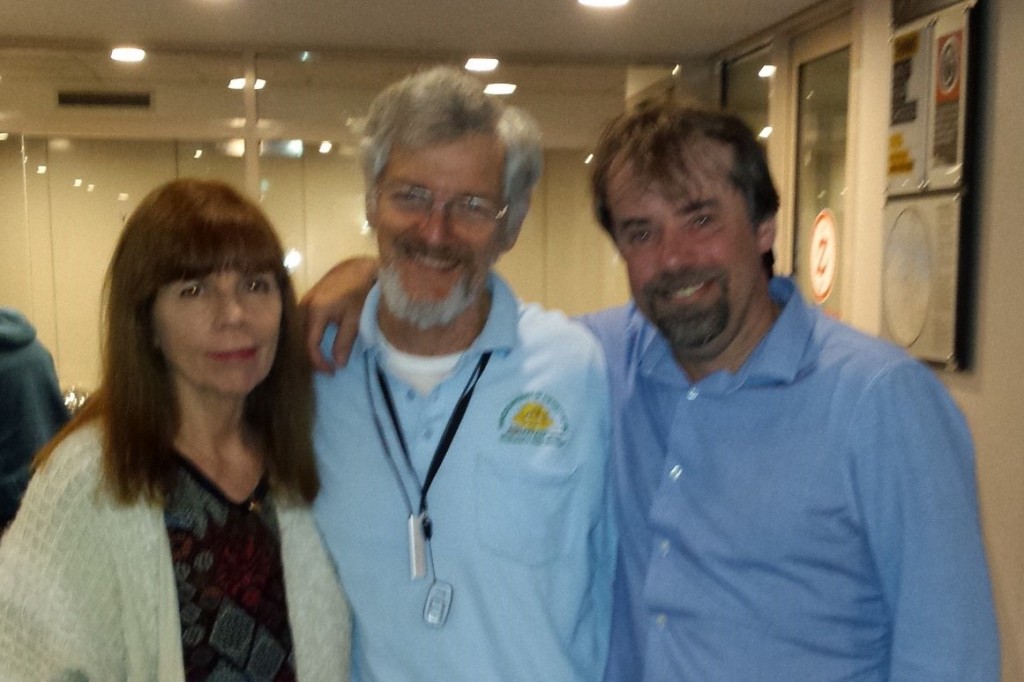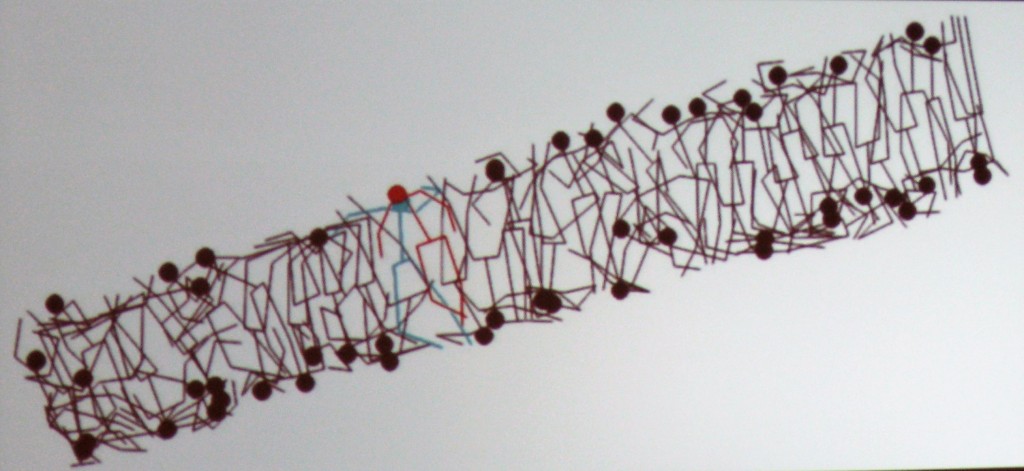More than 70 descendants of soldiers who fought in the Battle of Fromelles, members of the Families and Friends of the First AIF, the Fromelles Association, the Australian Branch of the Western Front Association and World War One Descendants gathered at Club York, 99 York St, Sydney to say G’day and Thank you to some of the key people in the Fromelles story who have been involved in raising awareness of the Battle of Fromelles, the search for soldiers who were buried by the Germans after the Battle, and the campaign for their location, investigation, exhumation, and reinterment in the Fromelles (Pheasant Wood) Military Cemetery, or the on-going quest to identify these soldiers and honour each of them with a named headstone.
Special guests included:
Lambis Englezos Ray Martin Patrick Lindsay and Chris Bryett
Lambis Englezos AM who identified that the number of Australian soldiers killed in the battle did not match the number of soldiers buried by British and Australian forces in named and un-named graves and that some burial locations were therefore “missing”. It was the start of his quest to locate and honour these men.
Ray Martin AM whose 2006 story on the Battle of Fromelles on 60 Minutes featured FFFAIF’s French Member Yves Fohlen, which had such an impact that Ray has included it in his autobiographical Stories of my Life.
Chris Bryett, founder of Recovering Overseas Australian Missing (ROAM) who advocated for DNA testing and formed a privately funded team of internationally recognised experts to investigate the Pheasant Wood location.
Patrick Lindsay AM whose book Fromelles, published in 2007 did much to raise awareness of the research and campaigning of Lambis Englezos and his team and Chris Bryett with ROAM for the investigation of the “missing” soldiers of the Battle of Fromelles.
|
Prof Tony Pollard, MAJGEN Mike O’Brien, Dr Denise Donlon, Peter Barton, MAJGEN Paul Stevens |
Prof Bruce Scates, Lambis Englezos, Sandra Playle, Tim Lycett, Tim Whitford, Jim Munro |
Professor Tony Pollard, who headed the Glasgow University Archaeological Research Department Team that was commissioned to undertake the non-invasive investigation in 2008 that confirmed the likelihood of soldiers remains in burial pits near Pheasant Wood.
Professor Bruce Scates, who was a member of the Panel of Investigation and participated in the Historians Round Table that helped establish the “Working List” of names of soldiers who might have been buried at Pheasant Wood.
Tim Lycett, who with Sandra Playle set up the Fromelles Descendants Database and participated in the Historians Round Table that helped establish the “Working List” of names of soldiers who might have been buried at Pheasant Wood. Tim and Sandra, with a network of researchers traced family trees, identified descendants and found photographs for many of the “Missing of Fromelles”. Their book, Fromelles: The Final Chapters tells the story of their quest to restore the identities of the “lost” diggers of Fromelles, using fragments of information, military records, DNA, genealogy and persistence.
Prof. Richard Wright and Ambika Flavel Fromelles (Pheasant Wood) Military Cemetery
Professor Richard Wright AM, Emeritus Professor of Anthropology at the University of Sydney, Senior Forensic Adviser to Oxford Archaeology during the Pheasant Wood mass graves exhumation and investigation at Fromelles.
Royce Atkinson, President of the Fromelles Association, leading continuing efforts to trace relatives whose DNA might match that extracted from the soldiers re-interred at Fromelles and thereby help identify more of them individually.
FFFAIF President Jim Munro welcomed the members of the broad “Fromelles Family” and after paying tribute to the late Neville Kidd, recited an extract taken from Laurence Binyon’s “For the Fallen” as an Ode of Remembrance taken. Jim then outlined the background to the Battle of Fromelles and the reasons for its failure.
Patrick Lindsay took on the role of story teller and introduced Lambis Englzos who explained why he thought there were Australian soldiers killed in the Battle but not accounted for in burial records and told of his quest to identify these men and find their location. To help convince The Australian Government to investigate his claims, Lambis sought to raise public awareness through the media, encouraging Patrick with his book Fromelles and Ray Martin with a 60 Minutes story. At the gathering, the re-screening of the 60 Minutes story, that was viewed by more than 2 million Australians in 2006, was met with spontaneous applause in appreciation.
The role of Chris Bryett’s proposal for a private venture to undertake the investigation was pivotal in the Government and Army taking the lead role and engaging Glasgow University Archaeological Research Department (GUARD) to undertake a non-invasive investigation at Pheasant Wood to establish whether human remains might be present, and if so, an estimate of how many remains might be found and their likely condition. Tony Pollard reflected on his professional and personal experiences during the excavation and the pressures of media interest, difficult weather conditions and guiding team on-location so far from their base.


GUARD Archaeologists at Fromelles 2008 Jill Hayes, Jim Munro and Tony Pollard
Richard Wright outlined the importance that Oxford Archaeology placed on avoiding contamination during the excavation and exhumation process and documenting every aspect of each part the process. This has contributed to usable DNA being extracted for each of the 250 soldiers whose remains were exhumed as well as a comprehensive understanding of how the soldiers were buried. Both Richard and Tony shared that in their archaeological experiences with mass graves, they had not previously encountered such an orderly placement of bodies, attesting to the respect with which the German soldiers treated their fallen adversaries and followed the Order of General Von Braun. Richard also outlined the vast collection of artefacts found with the soldiers remains and remarkable condition these were in after 90 years.
Royce Atkinson explained how the Fromelles Association was continuing efforts to trace relatives whose DNA might match that extracted from the soldiers re-interred at Fromelles and prepare submissions to Army to assist in identifying more soldiers. Barbara Abt attested to the impact on her family of Private Henry Bell being identified this year and having his headstone dedicated on 19 July. Stuart Quarmby shared his recent experience finding out about his relatives Corporal Alfred George Tuck and Acting Sergeant William Polding Ryan, who both died on their first day of battle. Geoffrey Benn, also a relative of Acting Sergeant Ryan shared his journey in learning of his relative’s involvement at Fromelles.
Opportunities were provided for descendants and people with an interest in the Fromelles story to reflect on their own personal journey and how the special guests have contributed to that. The appreciative attendees gave their heartfelt thanks to the special guests and group photos were taken. The feedback on the Gathering has been overwhelmingly positive and helped to Keep The Memory Alive.
Jim Munro
President












